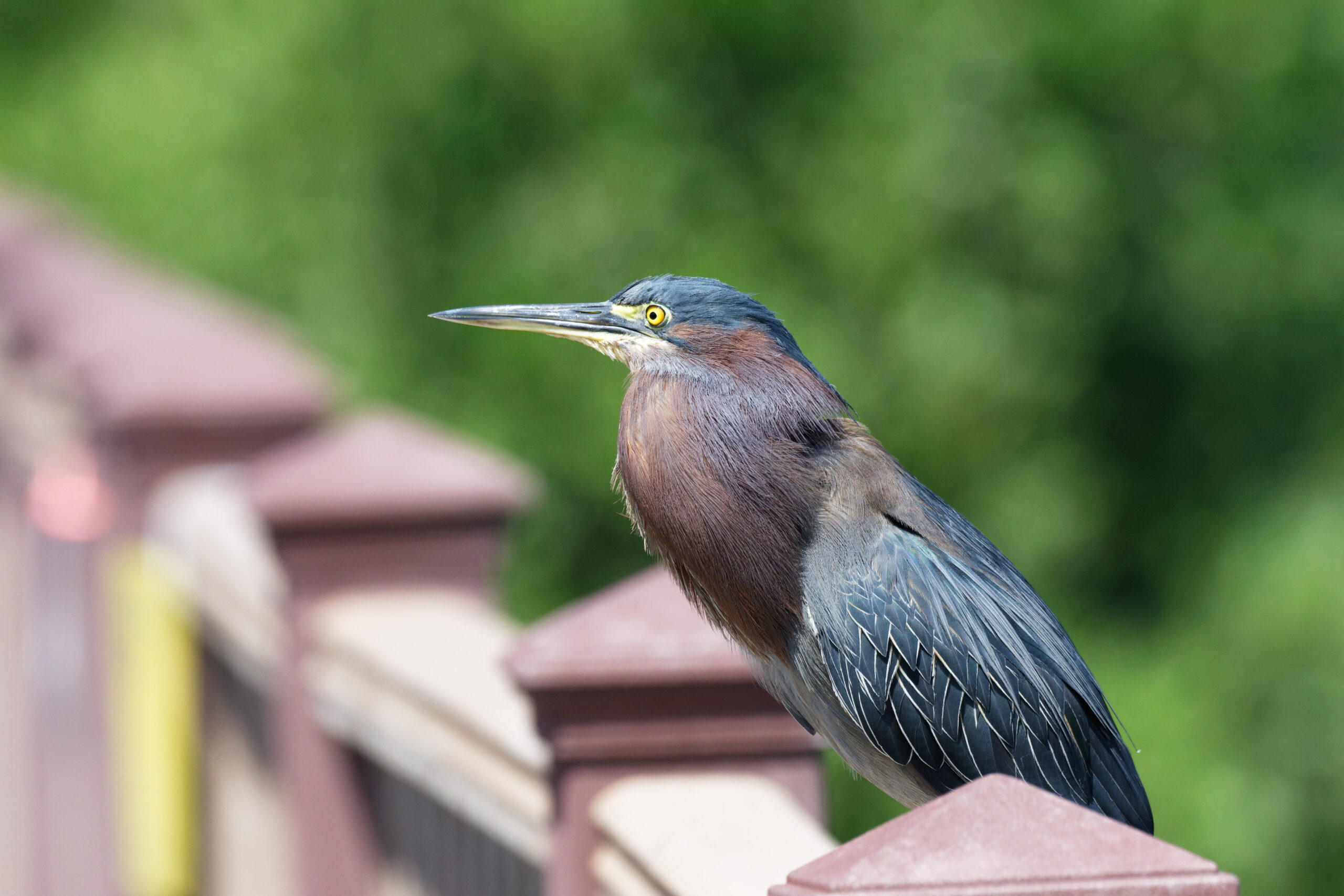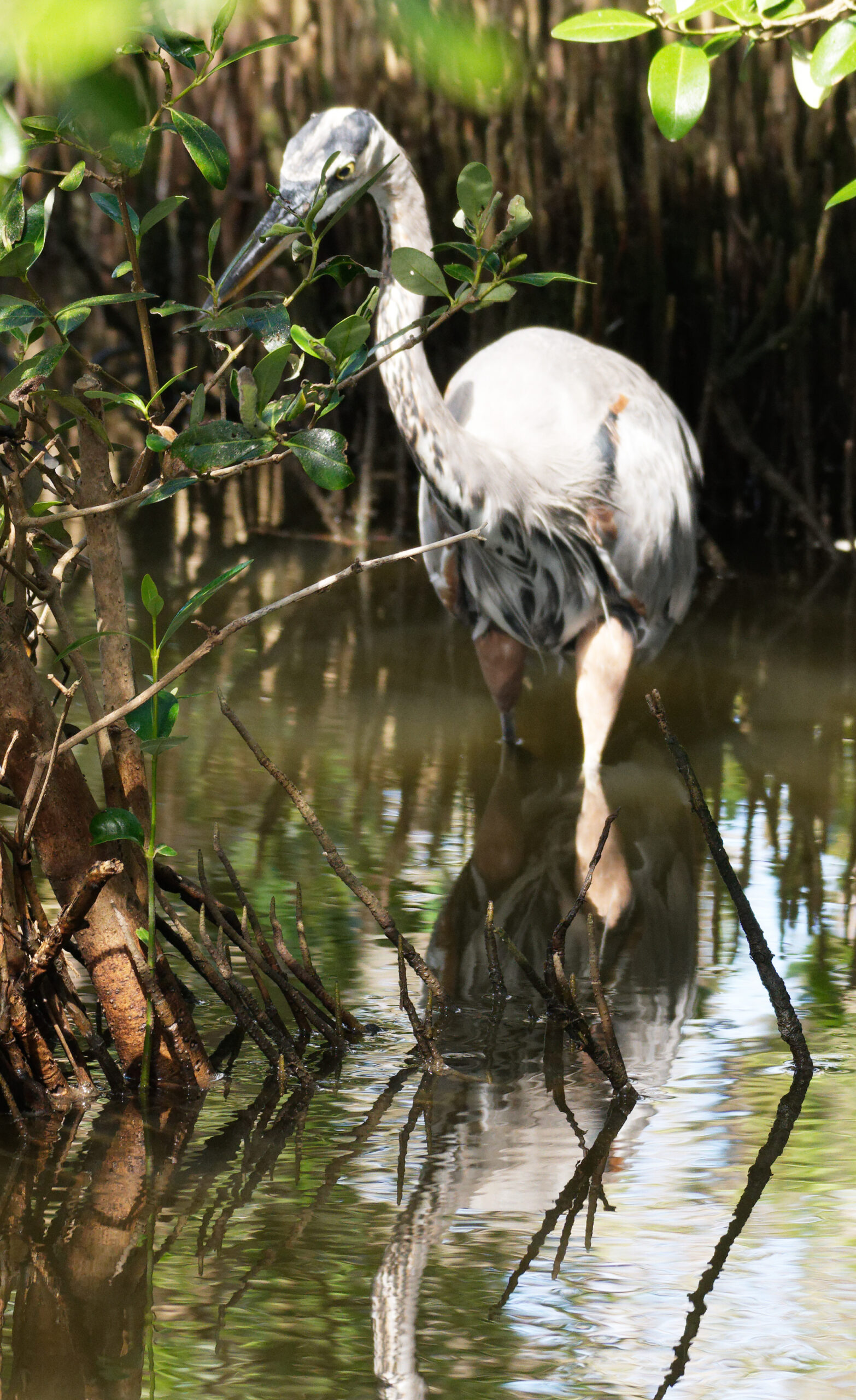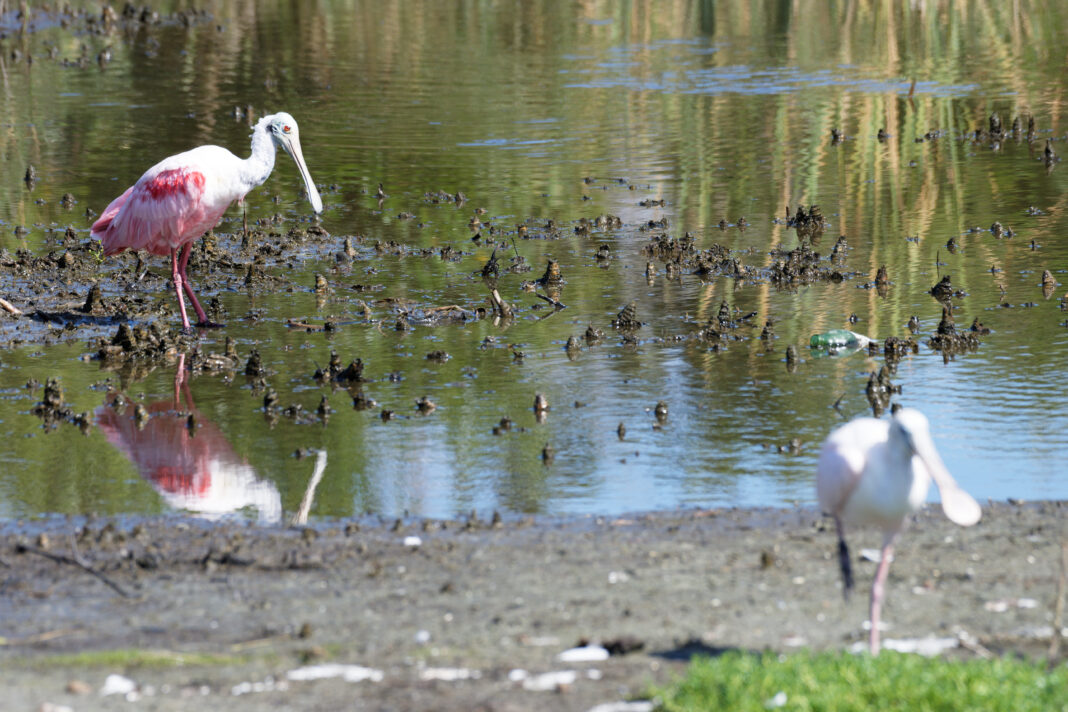SOUTH PADRE ISLAND — The fall bird migration has barely begun, yet many birders are wondering if the spectacular number of rare and unusual bird species will make repeat appearances like they did over the past year.
“That’s the beauty of birdwatching, you just never know,” said John Brush, urban ecologist at Quinta Mazatlan in McAllen.
Experts said the rare sightings in the Rio Grande Valley last fall and spring were attributable to the immense areas of drought in the West, along with multiple active wildfires.
While Texas shed its drought conditions early in the summer, the wildfires and severe drought conditions west of the Rockies continue.

Hummers arrive
The fall migration is just beginning, and hopes are high we may see some rara avis like we did over the past 12 months.
“It’s hard to say, but I remember last fall, it was really interesting,” said Javy Gonzalez, naturalist educator at the South Padre Island Birding, Nature Center and Alligator Sanctuary. “We got a lot of western hummingbirds and other western birds that don’t usually make it over here. I was wondering about that myself, if we’re going to see anything like that. So far, I haven’t seen much yet, but I think it was last fall that they started showing up just around this time.”
Some of the out-of-place birds that arrived in the Valley were the broad-billed hummingbird, hermit warbler, Scott’s oriole, painted redstart and calliope hummingbird.
And in spring, birders at Estero Llano Grande State Park in Weslaco were treated to a few weeks of a female elegant trogon at the park.
“I haven’t had that influx of western species so far, but there’s still plenty of time for that to happen,” Brush said. “There have been a lot of migratory species already coming through the Valley and we’ve certainly seen quite a few here at Quinta.
“Right now the buff-bellied hummingbirds and ruby-throated hummingbirds are all over the place,” he added. “Now, the buff-bellied is considered a resident species, but there is some seasonal movement with them. And ruby-throated? Their peak migration is in September and early October, so they’re passing through.
“Then there are a variety of warblers and vireos and flycatchers that are passing through right now,” Brush added. “It’s a good time to come out to Quinta; it’s a good time to get outside in general.”
“They came in pretty thick just over the last few days,” Gonzalez said of the ruby-throats. “I’ve been noticing warblers, Wilson’s warblers, yellow warblers, a lot of flycatchers. A lot of the expected ones that are first in line are here and in good numbers.
“So once you start to see them, you know it’s on, and will start ramping up from here on out,” he added.

Flight paths
The Rio Grande Valley is blessed by geography when it comes to birding, with avian species from three of the four major North American flyways — Atlantic, Mississippi and Central — bringing birds as they trek from North America to Central and South America in their fall migratory pattern.
Texas is in the Central Flyway, but birds from the Atlantic and Mississippi flyways also come our way, funneled by geography into South Texas after they cross the Gulf of Mexico before taking aim at Central America.
Only the Pacific Flyway birds bypass the Valley, but that changed over the past year, with numerous western species sighted here, some of them hundreds of miles from their normal ranges.
“Fall migration I consider much more spread out than spring migration,” Quinta Mazatlan’s Brush said. “So even as early as July we can already have species that have completed their breeding cycle up north and are heading south.
“Basically between July and November is fall migration and it’s just different species trickling through at different times,” he added. “Spring is a little more condensed to where it seems like a lot of species pass through in April and May, but of course there is some stuff around the edges, too.”
28th Annual RGV Birding Festival
WHEN: Nov. 10-14
WHERE: Harlingen Convention Center
WHAT: More than 120 guided field trips, keynote speakers, silent auction, trade show and more.
INFO: For more information, or to register for a field trip, go online to https://www.rgvbf.org





